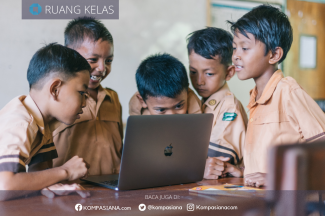Introduction
Government hiring practices have undergone a significant evolution over the years, reflecting changes in technology, societal expectations, and the nature of work itself. As we stand at the cusp of a new era, understanding the transformation of these practices is essential for both job seekers and policymakers. This article explores the historical context, current trends, and future prospects of government hiring practices, shedding light on what individuals need to know in order to navigate the complex landscape of public sector employment.
Historical Context
To comprehend the evolution of government hiring practices, we must first delve into the historical roots. Traditionally, the govt naukri recruitment was a lengthy and bureaucratic process, characterized by paper-based applications, limited outreach, and a focus on academic qualifications. The emphasis on stability and hierarchy often resulted in a slower response to changing workforce dynamics.
In the mid-20th century, technological advancements and a growing demand for specialized skills began to reshape government hiring. The introduction of standardized tests and assessments aimed to identify the most qualified candidates. However, this approach faced criticism for its potential bias and lack of consideration for practical experience.
Civil service reforms in the latter part of the 20th century aimed to make government hiring more merit-based and responsive. The focus shifted towards competency-based assessments, with an emphasis on skills and abilities rather than merely academic credentials. The aim was to create a more inclusive and diverse workforce that could adapt to the challenges of a rapidly changing world.
Current Trends
In the 21st century, the landscape of government hiring has continued to evolve, driven by technological innovation, a changing demographic, and the recognition of the need for a more agile public sector. Several key trends define the current state of government hiring practices:
1. Digital Transformation: The integration of technology has streamlined the hiring process, making it more accessible and efficient. Online job portals, digital assessments, and video interviews have become commonplace, reducing the time and resources required for recruitment.
2. Focus on Diversity and Inclusion: Governments worldwide are increasingly recognizing the importance of diversity in the public sector. Hiring practices now prioritize inclusivity, aiming to reflect the broader demographics of society. Initiatives such as blind recruitment and diverse interview panels seek to mitigate biases and create a fair selection process.
3. Agile Recruitment Strategies: The nature of work is changing rapidly, and governments are adapting by adopting more agile recruitment strategies. Contract positions, remote work options, and flexible schedules are becoming more prevalent, allowing governments to respond more dynamically to emerging challenges.
4. Emphasis on Soft Skills: Beyond technical expertise, there is a growing emphasis on soft skills such as communication, adaptability, and collaboration. Recognizing the complex and interconnected nature of contemporary issues, governments seek candidates who can navigate diverse environments and work effectively in teams.
5. Public-Private Collaboration: Governments are increasingly partnering with the private sector and academia to tap into a wider talent pool. Collaborative initiatives, such as internship programs and joint research projects, bridge the gap between theory and practice, preparing individuals for the demands of public service.
